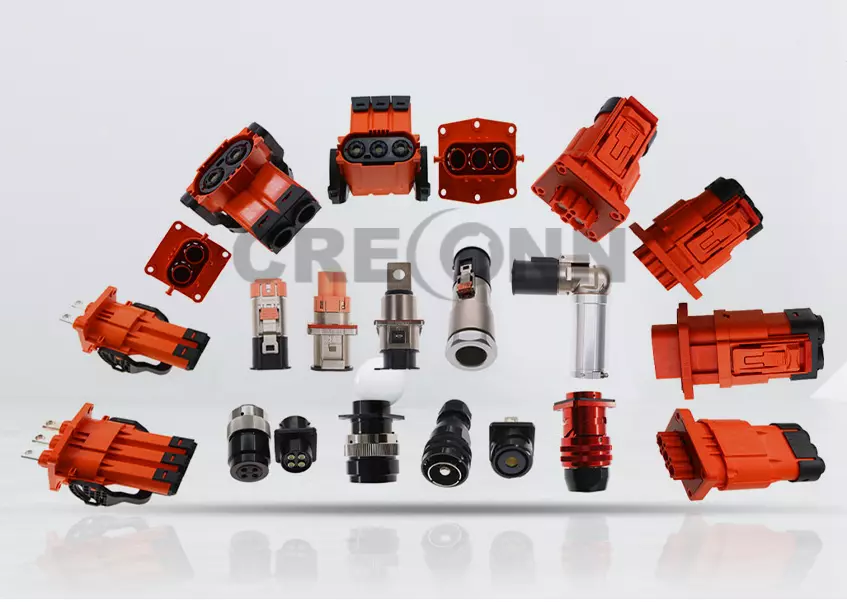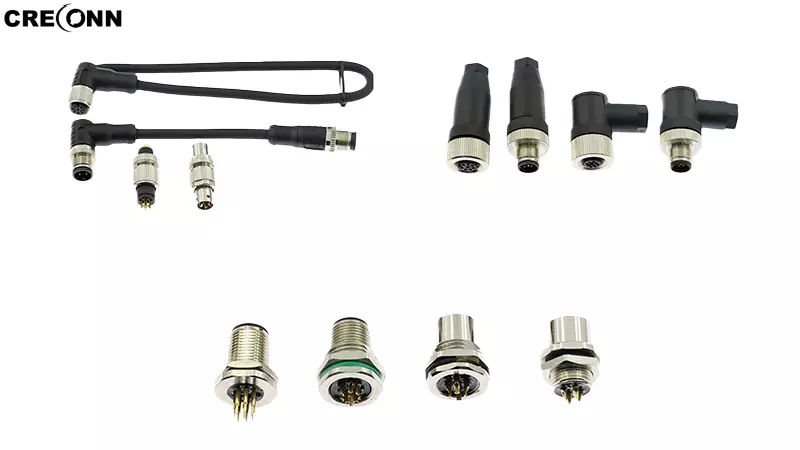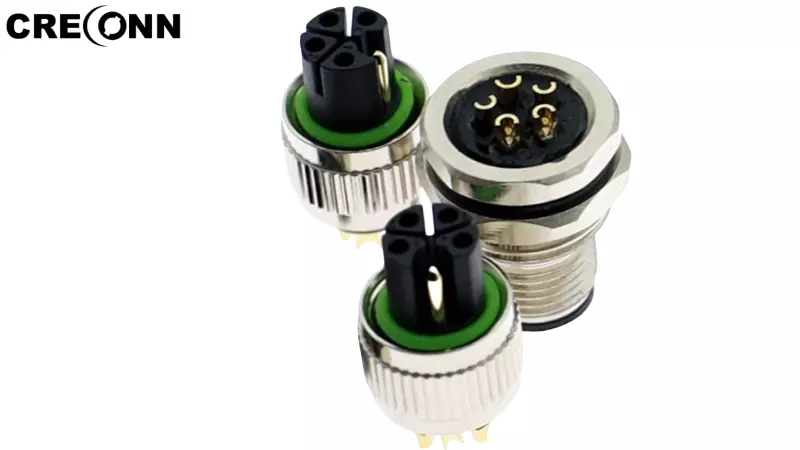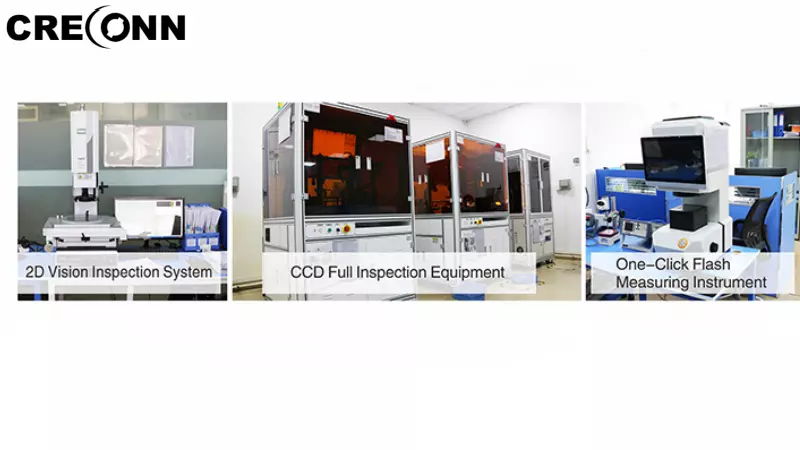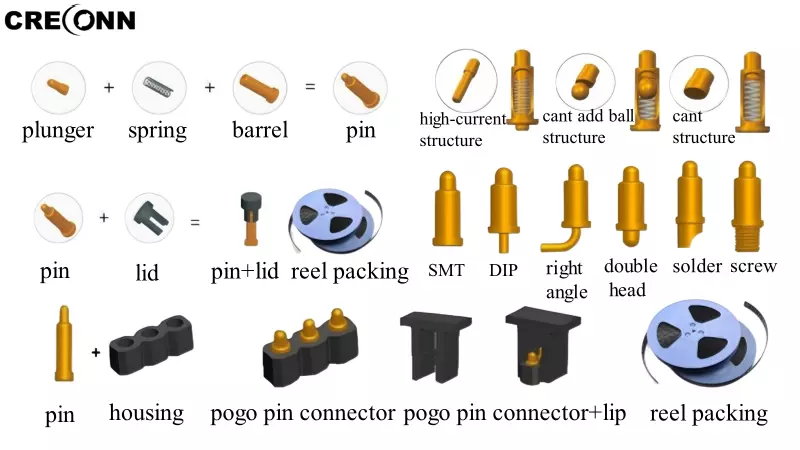Data-Driven Guide to Selecting New Energy Connectors
Data-Driven Guide to Selecting New Energy Connectors
In the booming new energy sector—from electric vehicles to energy storage systems—the right connector selection is critical. Concrete data offers tangible insights into connector performance, guiding precise (selection) decisions. Below are key data-backed criteria to consider:
I. Electrical Performance: Data at the Core
1. Voltage & Current Ratings
New energy vehicle (NEV) high-voltage systems typically operate at 400V–800V, with some models approaching 1000V. For example, a BYD EV with a 700V working voltage requires connectors rated ≥800V for safety. In fast-charging scenarios, currents can reach 200A–400A: a DC fast charger with a 350A output needs connectors rated ≥400A to avoid overheating risks.
2. Contact Resistance for Efficiency
Top-tier connectors achieve ultra-low contact resistance. A leading brand’s NEV connector, using high-purity copper alloy with silver plating, maintains 1mΩ–3mΩ. Reducing contact resistance from 5mΩ to 2mΩ can boost power transmission efficiency from 95% to >98%, significantly improving range and energy savings.
3. Insulation Resistance for Safety
Standards mandate new energy connectors to have ≥100MΩ insulation resistance. In outdoor energy storage stations, this prevents leakage: a 100MΩ rating ensures safety even in humid conditions.
II. Mechanical Performance: Data-Backed Durability
1. Plugging Force & Cycle Life
Optimal manual plugging force ranges from 30N–70N (insertion) and 20N–60N (extraction). For frequent-use scenarios like EV charging ports, high-quality connectors offer 10,000–20,000 plug cycles without degradation.
2. Vibration & Shock Resistance
NEV connectors must withstand 5Hz–200Hz vibrations (common in vehicle operation). Testing shows reliable connectors maintain <5mΩ resistance variation under sustained vibration, ensuring stable power/signal transmission on rough roads.
III. Environmental Adaptability: Data Insights
1. Temperature Range
Standard operating temperatures for new energy connectors are -40°C–125°C. In extreme northern regions, connectors must function reliably below -30°C to prevent brittleness or elasticity loss.
2. IP Rating for Dust/Water Protection
Battery pack connectors typically require IP67: fully dust-tight and submersible at 1m depth for 30 minutes. This protects internal components in harsh environments.
3. Corrosion Resistance
Coastal wind farms use connectors passing 96-hour salt spray tests with no rust or performance degradation, ideal for corrosive atmospheres.
IV. Additional Data Points
1. Cost-Benefit Analysis
Prices vary widely: basic NEV connectors cost 10–50, while high-performance custom models reach 100–300. Evaluate total life-cycle costs (procurement + maintenance) to balance budget and performance.
2. Brand & After-Sales Metrics
Guangdong Corecon Precision Industry Co., Ltd. leading brands hold >30% market share, validated by large-scale deployments. Top-tier after-sales services offer 24-hour response times, minimizing downtime risks. By leveraging these data-driven criteria, you can select connectors that ensure your new energy system operates safely, efficiently, and reliably.
